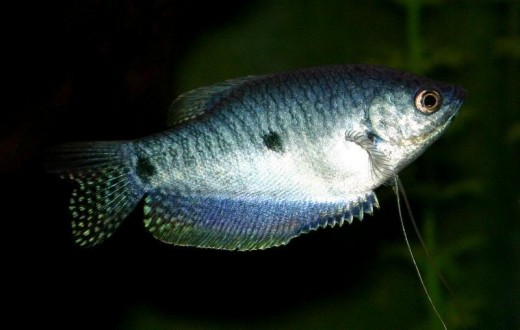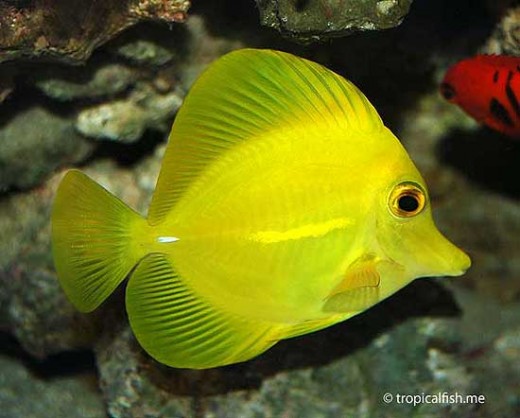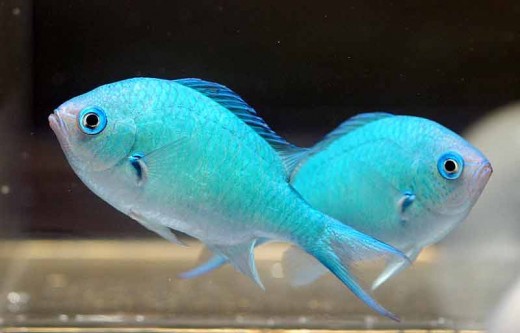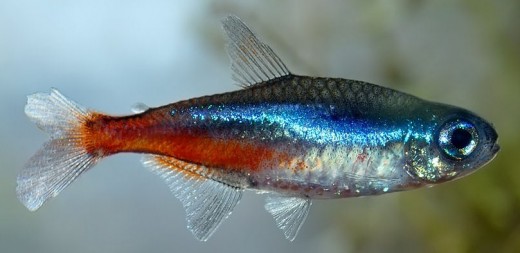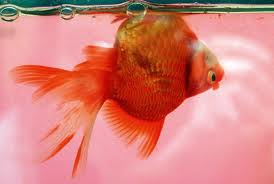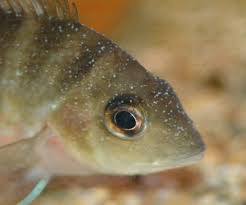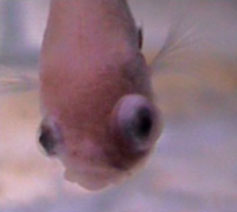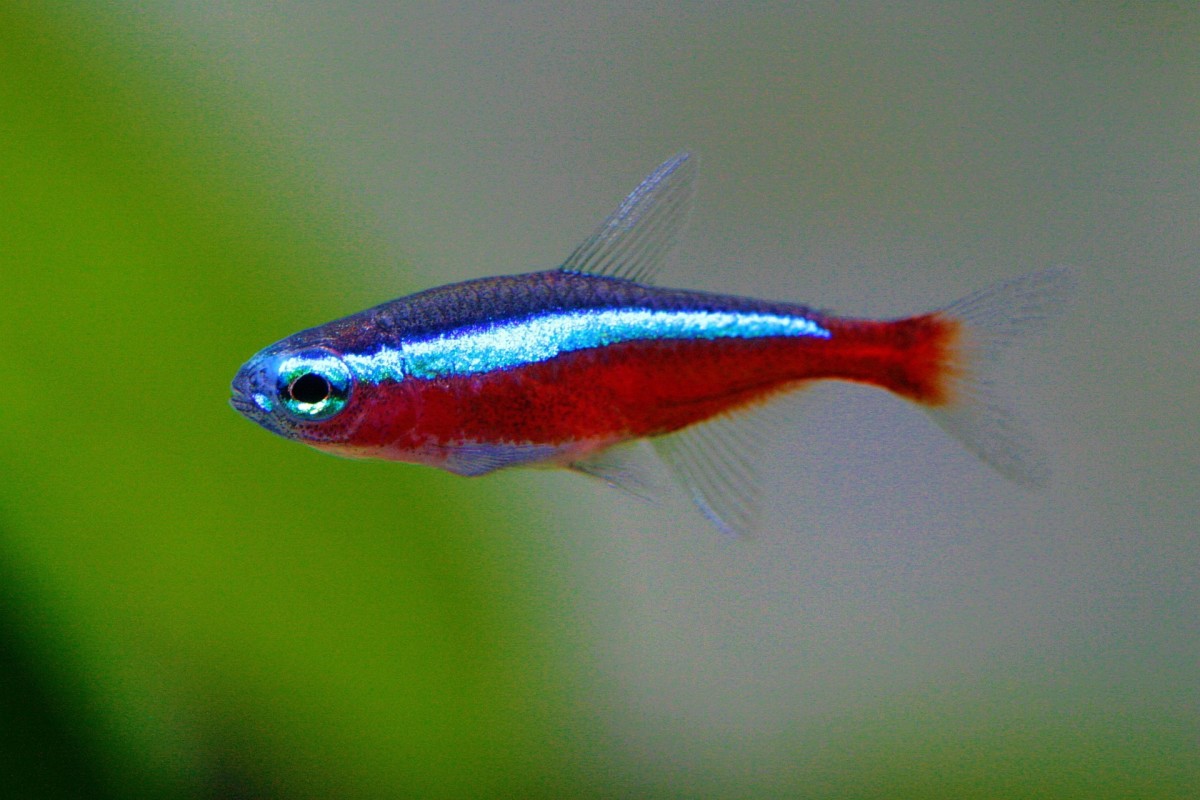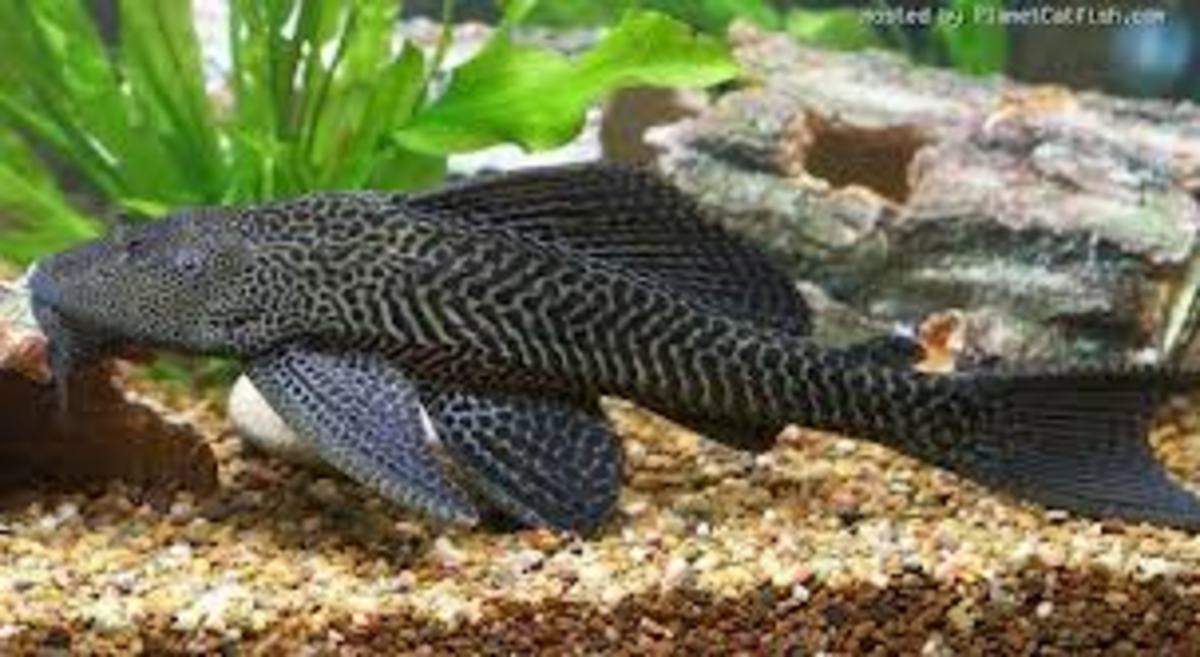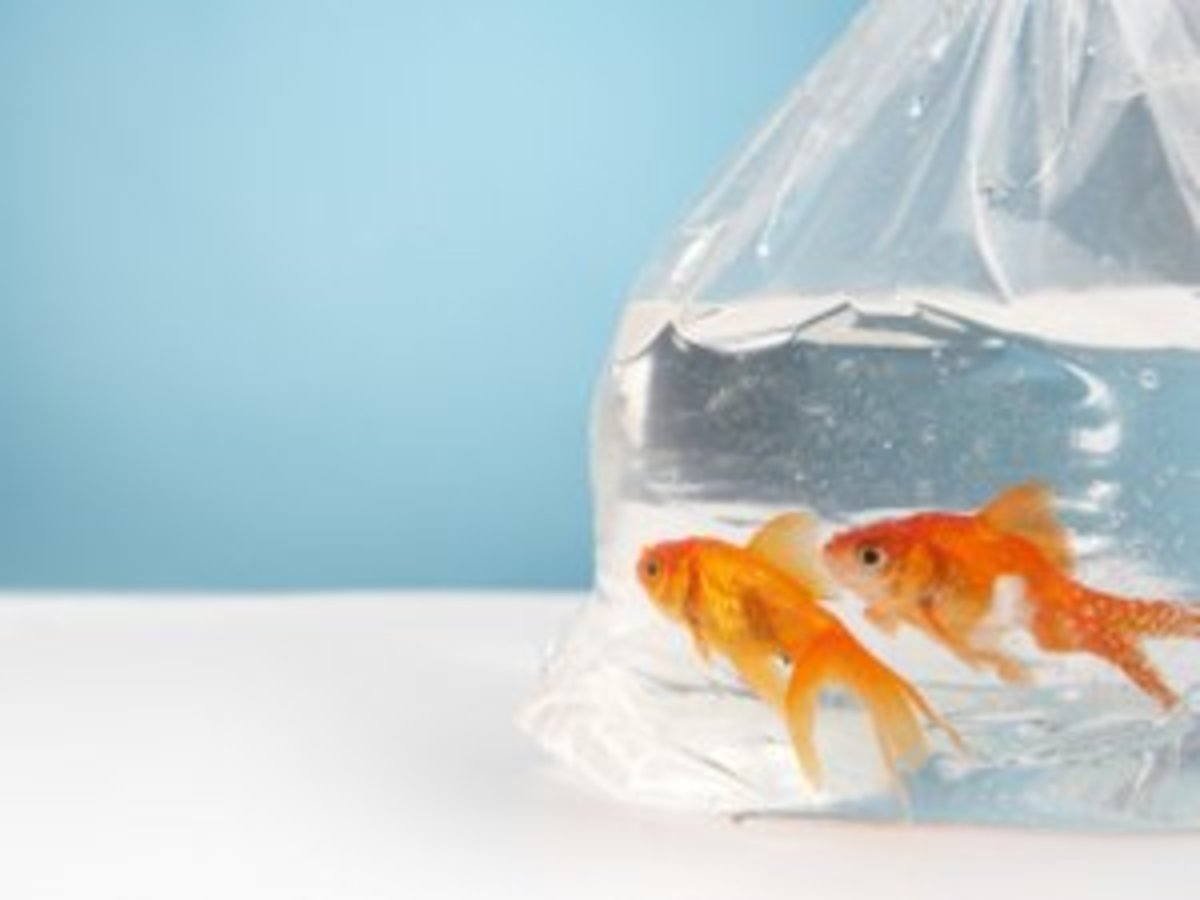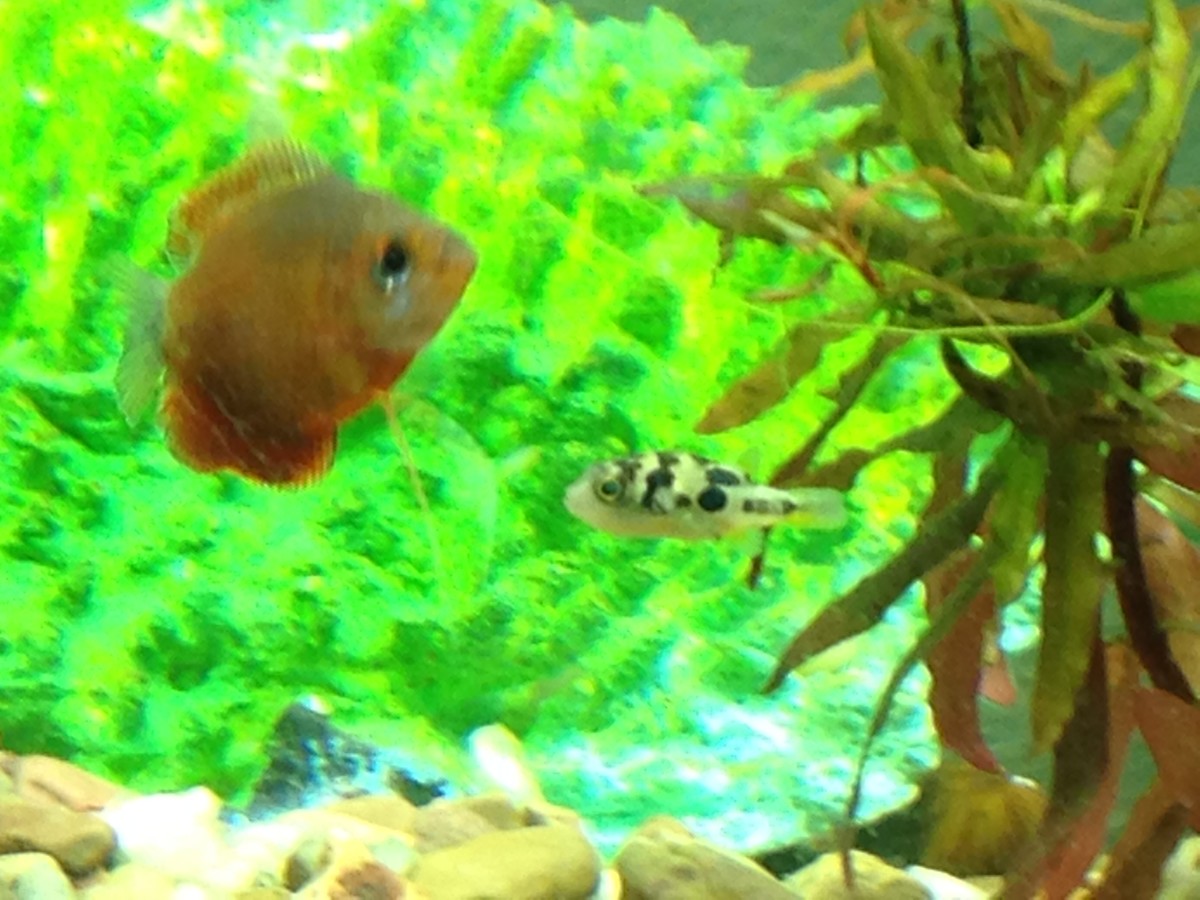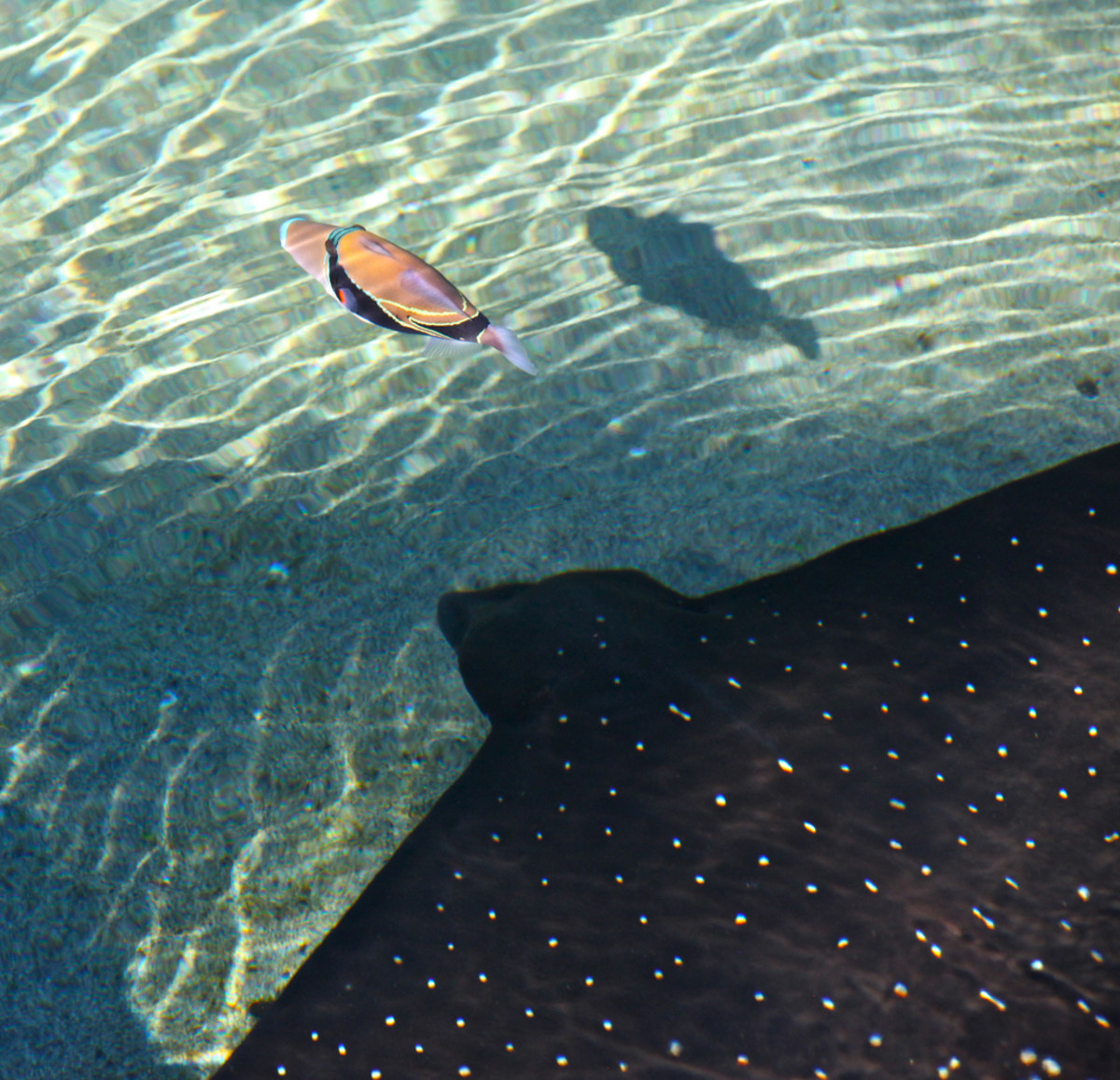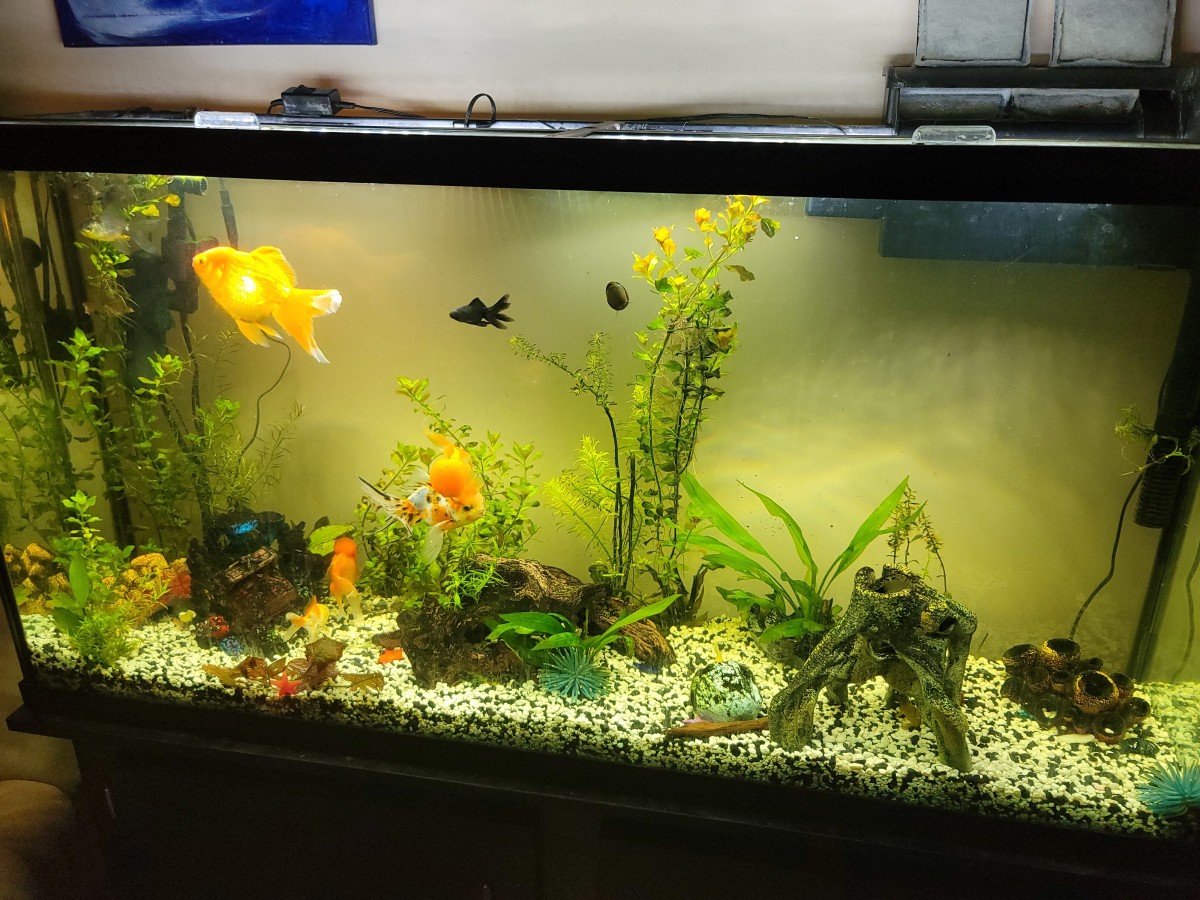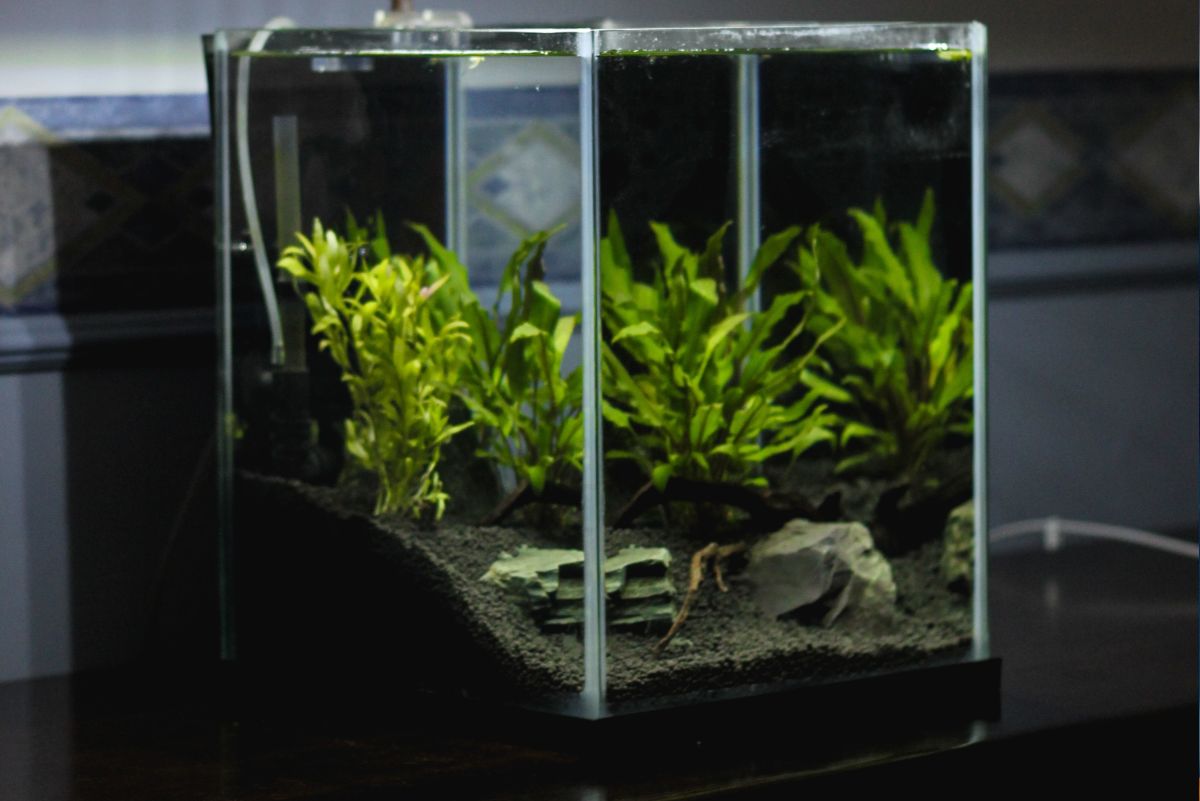Selecting Fish for your Aquarium
Where to Start
It doesn't matter if you have an existing aquarium and are looking to add to your fish collection or if you are starting a new tank and need your first round of critters, it is important to do some research before adding any fish to your tank. What sort of things should you be looking up? The preferred water quality of the fish you are thinking of getting. Do they all match? If not, how different are they, will the fish be able to survive in the tank without becoming too stressed? The aggressiveness of the fish. How territorial is each species? Can they be kept in the same tank without attacking each other? What accommodations do the fish need in your tank? Will a rocky substrate be sufficient or do they need sand? Are there enough places to hide? Do the fish require specific lighting?
All of these questions can be answered simply by doing a little research online, at the library, or even by talking with the staff at your local pet store. However there are some other things you should know in addition to these research topics. It is important to make sure that you are bringing home fish that are healthy, especially if you already have an established tank system that has a healthy population of fish.
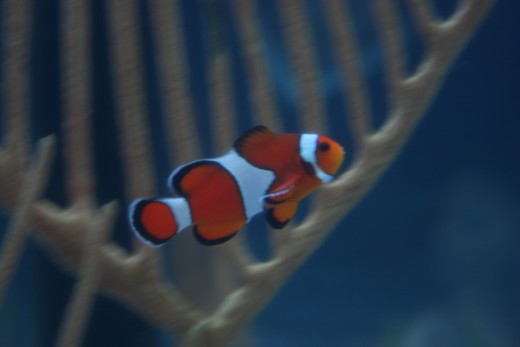
Shipment of Fish
Anyone that has ever gone to a pet store with fish knows how easy it is to fall for the charms of the pretty fish. They look so peaceful in their little tanks. They school together and stare wide-eyed at anyone that passes by. It seems like they don't have a care in the world. How could there possibly be anything wrong with these fish?
Lets start with the way fish are shipped. How do they get to the pet store? Easy. They are shipped there. Most of the fish that you see in pet store have been bred my breeders and have been shipped out in little baggies by truck to your local pet stores. Some of the more exotic fishes, like freshwater sting rays and some tropical fish, are wild caught. These fish have to travel by air before they are ever placed on a truck. Travel is stressful to a fish. Sure, they try to package them as best as they can to reduce the stress on the fish but there is only so much that can be done. If you have ever seen Finding Nemo you know that fish don't like it when you shake their bags. Not only do they have shaking when they travel they also don't have guaranteed temperature control.
It is a good idea to ask your pet store when they get their shipments of fish in, that way you can get a good look at all the fish after they have been placed in the display tanks. However, it is not necessarily a good idea to buy your fish on that day. Instead, take note of what the store has and come back a day or two later. Unless the store is running a promotion on fish chances are pretty good they will not have sold out. By waiting a day or two you are now giving yourself selection of the best possible fish. Why is this? Because, all of the fish that could not handle the acclimation process or the stress of travel have died off. Its sad, but true. The fish that are left are typically considered to be stronger and have a better chance of acclimating to your tank system without dying.
If you absolutely need to buy your fish the day they come in, say because the store is having a sale on blue gouramis and you really want one for your tank, make sure to select the healthiest fish possible. (which we will go over later) Also, be sure to give your fish the best acclimation possible. This is help to insure that you are not adding too much stress to your new fishy friend and hopefully, with any luck, he will survive.
Example of Healthy Fish
Click thumbnail to view full-size



Trick Question
How can you tell if a fish is healthy?
Spotting Abnormalities
How can you tell if the fish at the pet store aren't 100% healthy? Easy. By observing their behavior. Watch for fish that are actively swimming. It is important to note that not all species of fish are active swimmers, like plecos, this is where your research topics from earlier come in handy. Does the fish appear to have a hard time staying in place in the water column? Is the fish listing to one side? Or worse yet, is the fish flipping upside down? If the fish is exhibiting any of these behaviors it is best not to consider this fish. Chances are pretty good it has a swim bladder issue and most likely will not make it.
If the fish don't have every good coloration it is best to move on. The fish could either be stressed or sick. Either way they will not make good tank mates for your other fish. If a fish looks to be diseased do not buy it. Most fish diseases can be easily spread and you do not want to risk getting your other fish sick.
What is Ich?
Ich, aslo seen as ick in some cases, is Ichthyophthirius multifiliis in freshwater systems. (Marine ich is another matter entirely) Simply put, ich is a parasite. It appears as white grains that look like sugar or salt around the fish's gills and face. Each one of these little spots is a parasite. If left untreated it has a 100% mortality rate.
The parasite has different sages in its life cycle. This makes it particularly hard to kill. Just because you don't see any more white spots on your fish does not mean the parasite is not still living in the water.
Treating ich can be tricky. It is best to use a combination of treatments in an aggressive manner to kill the parasite. Raising the temperature of the water a degree or two and adding a little salt to the system can help. The increase in temperature allows the parasite to go through its lifecycle quicker, which allows treatments to work faster, and the salt makes it hard for the parasite to survive as it is less tolerant to salinity than most species of fish. It is also wise to use chemical treatments along with salt and heat. There are many drugs available to treat ich, it is simply a matter of finding one that works best for your particular system. No matter the treatment road you take frequent water changes are a must.
Note: research what kind of treatments work best with the fish that you have. Some fish, like gold fish, are not tolerant to heat of salinity changes no matter how small. You do not want to kill your fish by trying to treat ich.
Common Fish Diseases
Say the fish you are looking at doesn't seem quite right to you, how can you tell if it has a diseased or if it is simply stressed? Many common fish diseases have external symptoms, meaning you can visibly see that something is wrong with the fish.
If it looks like a fish has grains of salt around its gills or any part of its body chances are pretty good that the fish has ich. This is not good. While ich is treatable you do not want to bring it into your tank system. Treating ich requires several things: medication, frequent water changes, and time. This treatment period will be stressful on the fish in the tank as well as the fishy parents. Once a system has had ich it is possible for it to get it again. The easiest way to prevent this is maintaining good water quality by doing regular water changes and adding a little aquarium salt to your tank.
If there seems to be anything off about the fish's eyes this is not the fish for you. Pop eye is a common problem in fish. It is either a secondary reaction to a diseases, meaning there is another underlying problem that you might not be able to see, or it is a reaction caused by the fish bumping into something and damaging the eye. If the pop eye has been caused by the fish bumping into something then it may very well go away on its own. However, if it is caused by an underlaying disease it is going to need to be treated with medications. The trouble is trying to tell what is the cause of the pop eye. If the fish is at a pet store leave it there, if it in your tank at home do a bit more research to fully figure out your fish's symptoms. If the fish has a cloudy eye or the eye is missing entirely leave the poor fish at the store, it is as simple as that.
Note: most pet store employees have been trained to recognize common diseases in fish and how to treat them. If any of the fish in their store have a disease they will attempt to treat them and should have those systems quarantined. The staff will not allow these fish to be purchased until they are sure they are clean. If a store allows you to purchase a fish that is diseased do NOT buy any fish from them period.
Example of Unhealthy Fish
Click thumbnail to view full-size


In Conclusion
Now that you have chosen fish that do not appear to be in distress and are disease free you need to acclimate them to your tank. There are many acclimation process and each have their pros and cons. However, I have found that a combination of the methods tends to reduce stress on the fish and allows for a smoother acclimation process.
First place the bags in the top of your tank. Allow the bags to float at the top for several minutes, this allows the fish to slowly acclimate to their new water temperature. (while the water temps by have been the same at the store as they are in your tank at home the water in the bag has most likely cooled off in transit to your house) Once this is done open the bags and over time slowly add your tank water to the bags. Small amounts of water each time is preferable. Do this every five minutes over the course of an hour. After an hour your fish should be fairly acclimated and able to be added to your tank. Try not to get too much of the tank water from the pet shop into your tank when you add your fish. Chances are pretty high it is full of poop, nitrates, and other unwanted things.
If you have done everything right all that is left to do is enjoy your new additions to your aquarium!
© 2013 Alexandria

